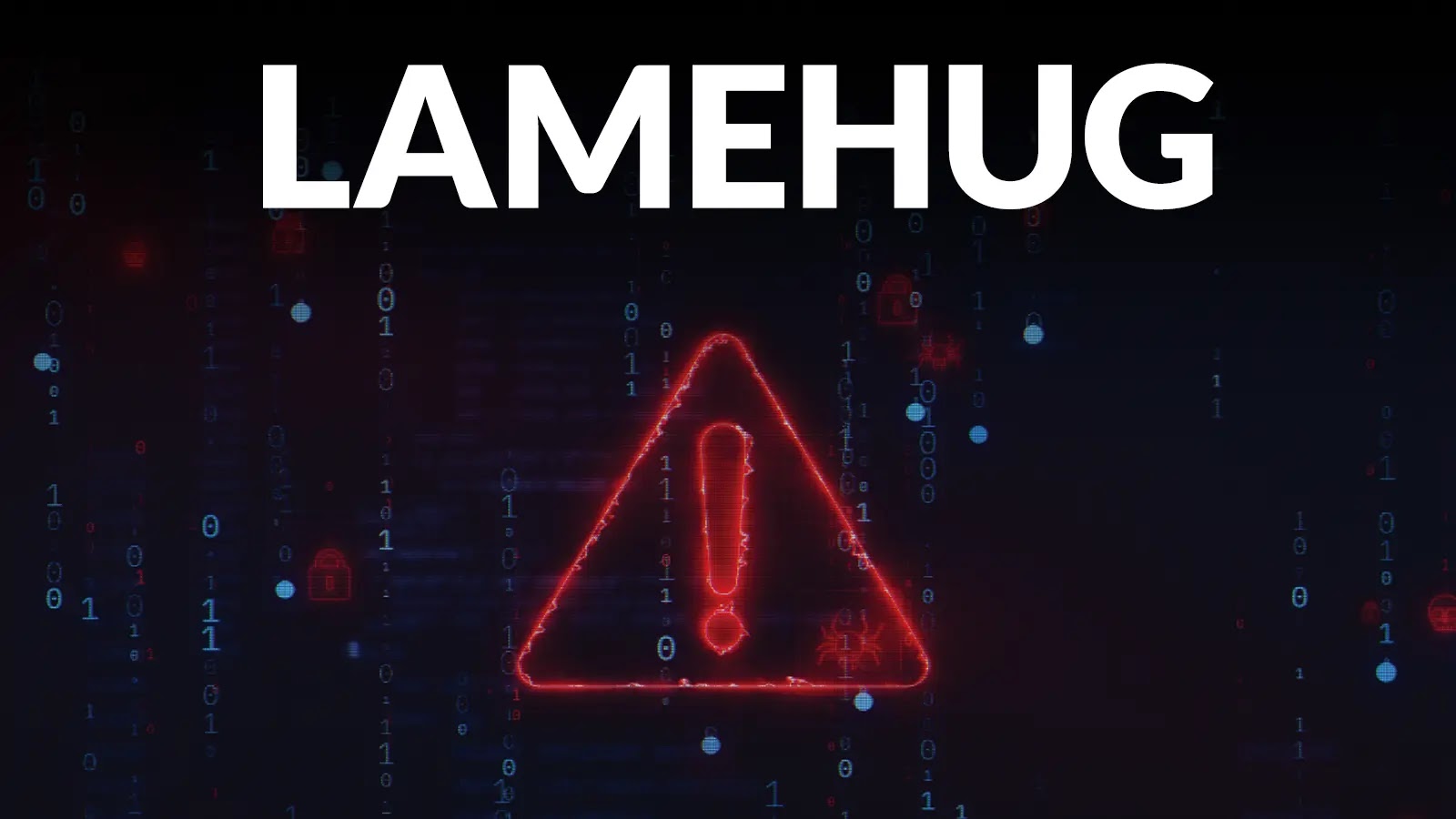
LLM-Based LAMEHUG Malware Dynamically Generate Commands for Reconnaissance and Data Theft
The Rise of LAMEHUG: A New Era of AI-Powered Malware Threats
The cybersecurity landscape has always been a crucible of innovation, with attackers constantly evolving their methods to bypass defenses. However, a recent development signals a profound shift: the emergence of the LAMEHUG malware family. This sophisticated threat, first identified by CERT-UA in July 2025, integrates artificial intelligence directly into its operational framework, pushing the boundaries of what malware can achieve. Unlike its predecessors that relied on static, pre-programmed instructions, LAMEHUG leverages Large Language Models (LLMs) to dynamically generate commands, enabling unprecedented agility in reconnaissance and data exfiltration.
Understanding LAMEHUG’s LLM-Driven Capabilities
What makes LAMEHUG a game-changer is its reliance on LLMs. Traditional malware operates on a set of predefined commands; it executes what it’s told, nothing more. LAMEHUG, conversely, can adapt. Imagine malware that can “think” on its feet, analyzing its environment and dynamically crafting commands tailored to specific situations. This inherent adaptability makes detection and defense significantly more challenging. The malware can potentially:
- Dynamically generate reconnaissance commands: Instead of fixed scripts, LAMEHUG can query system configurations, network topology, and user activity with customized commands based on the live environment.
- Adapt data exfiltration strategies: Depending on the type of data discovered and available network pathways, the LLM can formulate optimal methods for data theft, bypass security controls, and conceal its tracks.
- Evade detection: By constantly generating unique command sequences and varying its behavior, LAMEHUG can bypass signature-based detection systems that rely on identifying known patterns.
The Mechanism of Dynamic Command Generation
The core innovation of LAMEHUG lies in its ability to leverage an embedded or remotely accessed LLM to process environmental data and produce actionable commands. This isn’t just about executing a pre-templated script with minor variations; it’s about genuine, contextual command generation. The malware likely feeds system parameters, network scan results, and discovered vulnerabilities into its LLM, which then outputs highly specific commands designed to achieve its objectives – whether that’s escalating privileges, navigating internal networks, or encrypting critical data.
This dynamic capability allows LAMEHUG to operate with a level of autonomy previously unseen in malware. It can make “decisions” based on real-time intelligence gathered from the compromised system, making it a far more formidable adversary than static, rules-based threats. While a specific CVE for LAMEHUG’s initial vector or the LLM vulnerability isn’t yet public, the implications for future exploit development are significant, especially concerning foundational models used in such attacks, akin to how vulnerabilities in interpreter engines (e.g., CVE-2022-26925 for PowerShell) can be exploited.
Remediation Actions and Proactive Defenses Against LLM-Powered Threats
Defending against an intelligent, adaptive threat like LAMEHUG requires a multi-layered and forward-thinking cybersecurity strategy. Organizations must move beyond static defenses and embrace dynamic, AI-informed security measures.
- Enhanced Endpoint Detection and Response (EDR)/Extended Detection and Response (XDR): These solutions are critical for monitoring endpoint behavior, identifying anomalous process execution, and spotting unusual command-line activity that static antivirus might miss.
- Network Traffic Analysis (NTA): Look for unusual data exfiltration patterns, command-and-control (C2) communications, or attempts to access unexpected external LLM services.
- AI-Powered Security Solutions: Implement security tools that themselves leverage AI and machine learning to detect novel threats and identify deviations from normal behavior baselines across the network.
- Regular Security Audits and Penetration Testing: Proactively identify vulnerabilities that could serve as initial access points or internal lateral movement pathways for such advanced malware.
- Employee Training and Awareness: Phishing and social engineering remain primary vectors for initial compromise. Educate employees on identifying and reporting suspicious communications.
- Principle of Least Privilege: Limit user and system permissions to the absolute minimum required for their function, thereby restricting the potential damage an LLM-powered malware could inflict.
- Patch Management: Proactively apply security updates to operating systems, applications, and firmware to close known vulnerabilities that attackers frequently exploit. For instance, promptly patching vulnerabilities like those described in CVE-2023-38831 (WinRAR arbitrary code execution) could prevent initial access.
Tools for Detection and Mitigation
A robust defense against advanced threats like LAMEHUG involves deploying a suite of sophisticated security tools:
| Tool Name | Purpose | Link |
|---|---|---|
| CrowdStrike Falcon | Advanced EDR, XDR, and threat intelligence. | crowdstrike.com |
| Microsoft Defender for Endpoint | Enterprise-grade EDR and threat protection for Windows. | microsoft.com/defenderforendpoint |
| Palo Alto Networks Cortex XDR | Unified platform for endpoint, network, and cloud security. | paloaltonetworks.com/cortex/xdr |
| Darktrace AI Analyst | AI-powered network traffic analysis for novel threat detection. | darktrace.com |
| Splunk Enterprise Security | SIEM for security monitoring, threat detection, and incident response. | splunk.com |
Conclusion: The Evolving Face of Cyber Warfare
The LAMEHUG malware family serves as a potent reminder that the cybersecurity arms race is escalating. The integration of LLMs into malicious operations marks a critical inflection point, fundamentally altering the capabilities of cyber attackers. Security professionals must anticipate and prepare for a future where malware is not merely code, but an adaptive, intelligent entity capable of dynamic decision-making. Staying ahead requires continuous vigilance, investment in advanced AI-driven security solutions, and a proactive approach to vulnerability management. The battle against LAMEHUG and its successors will define the next chapter in cybersecurity defense.





